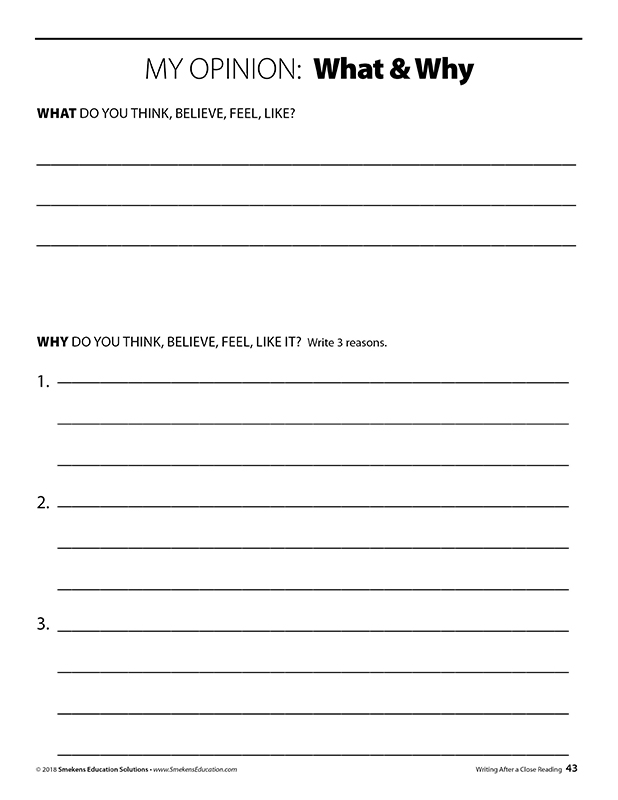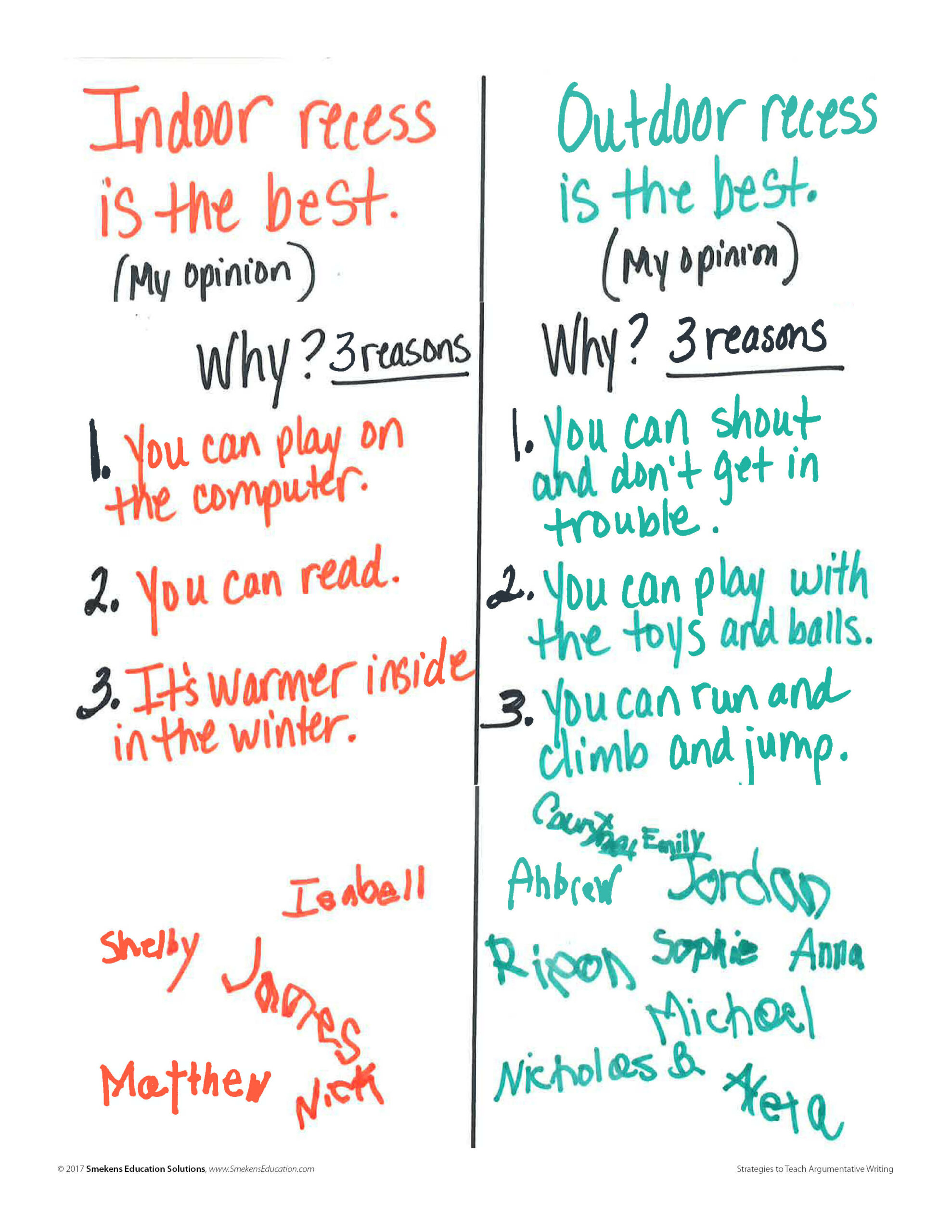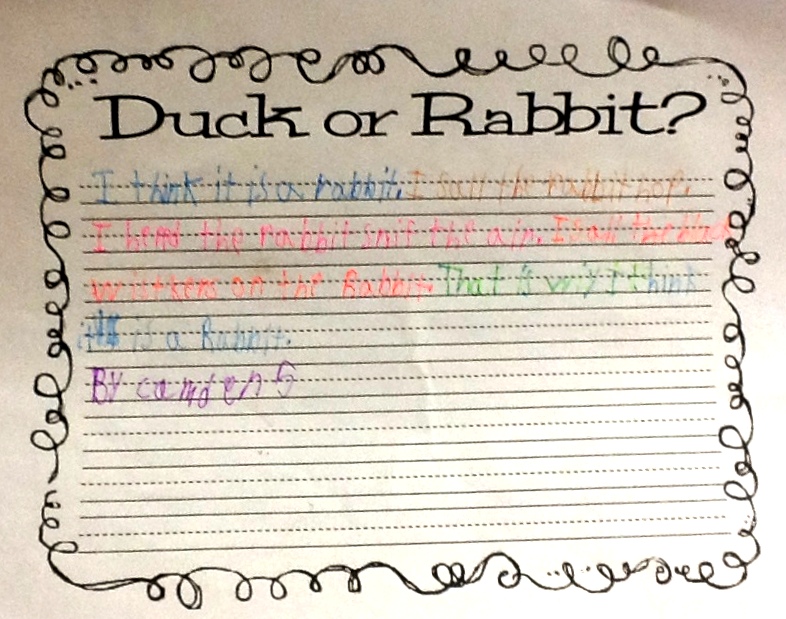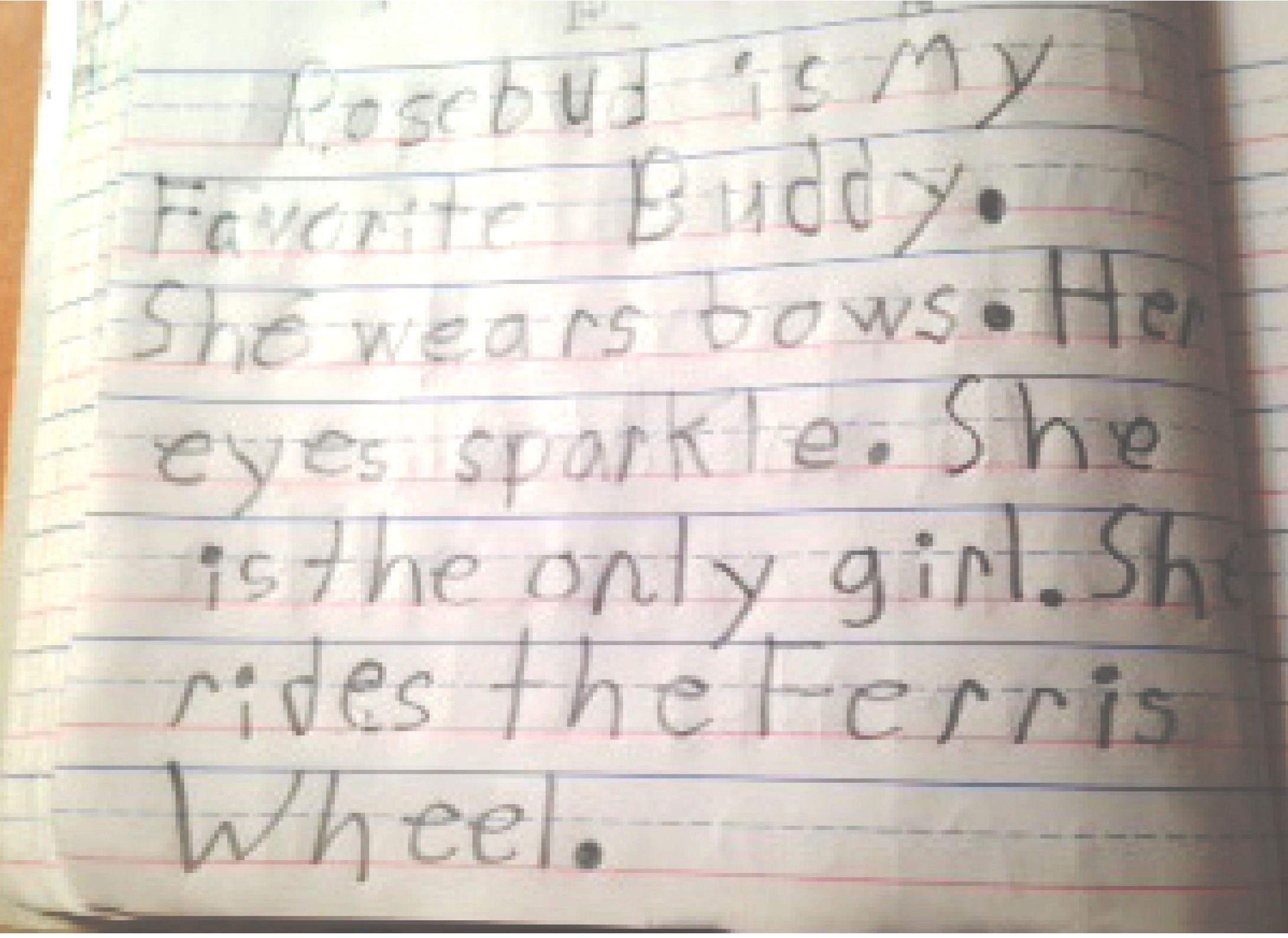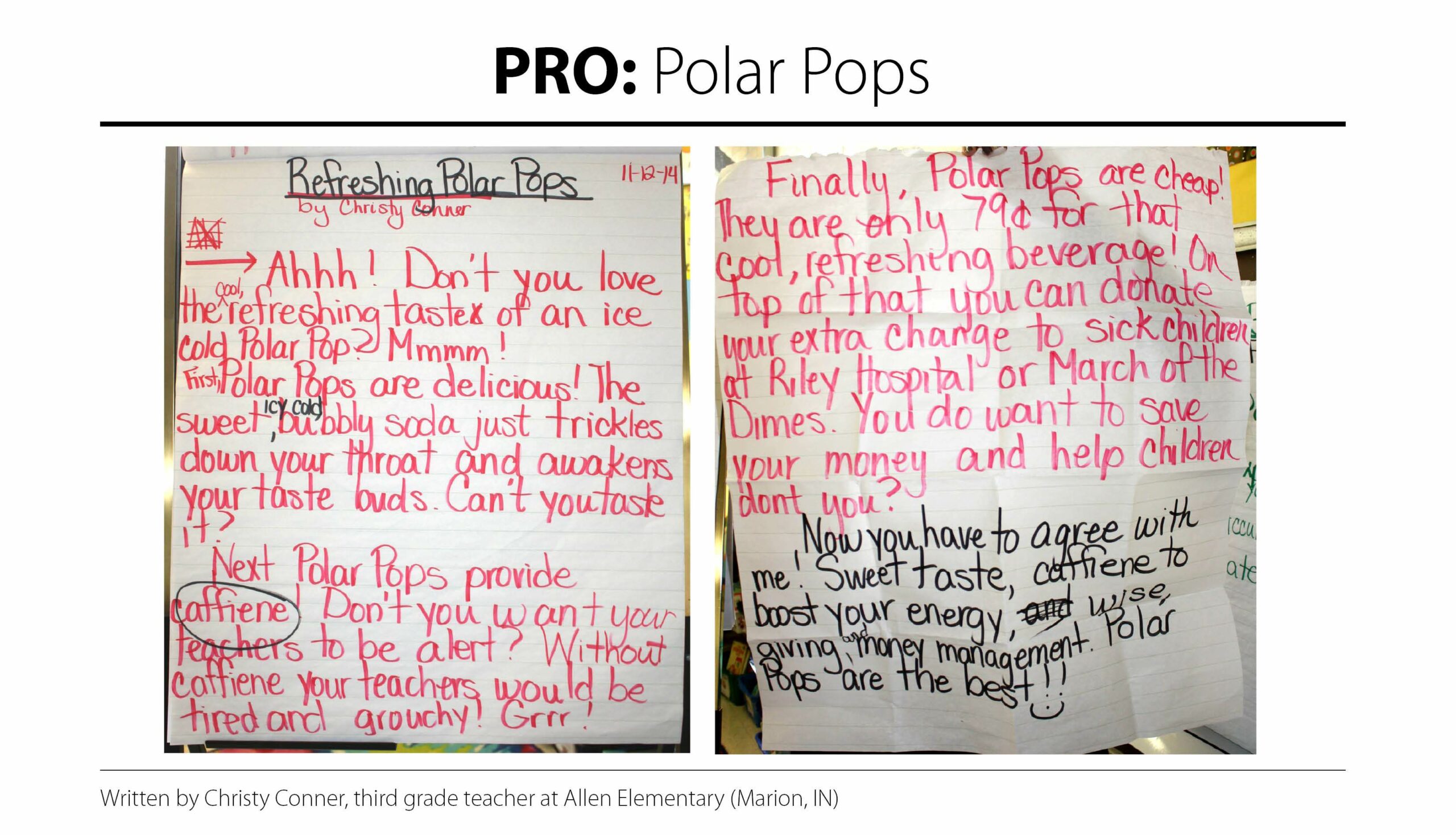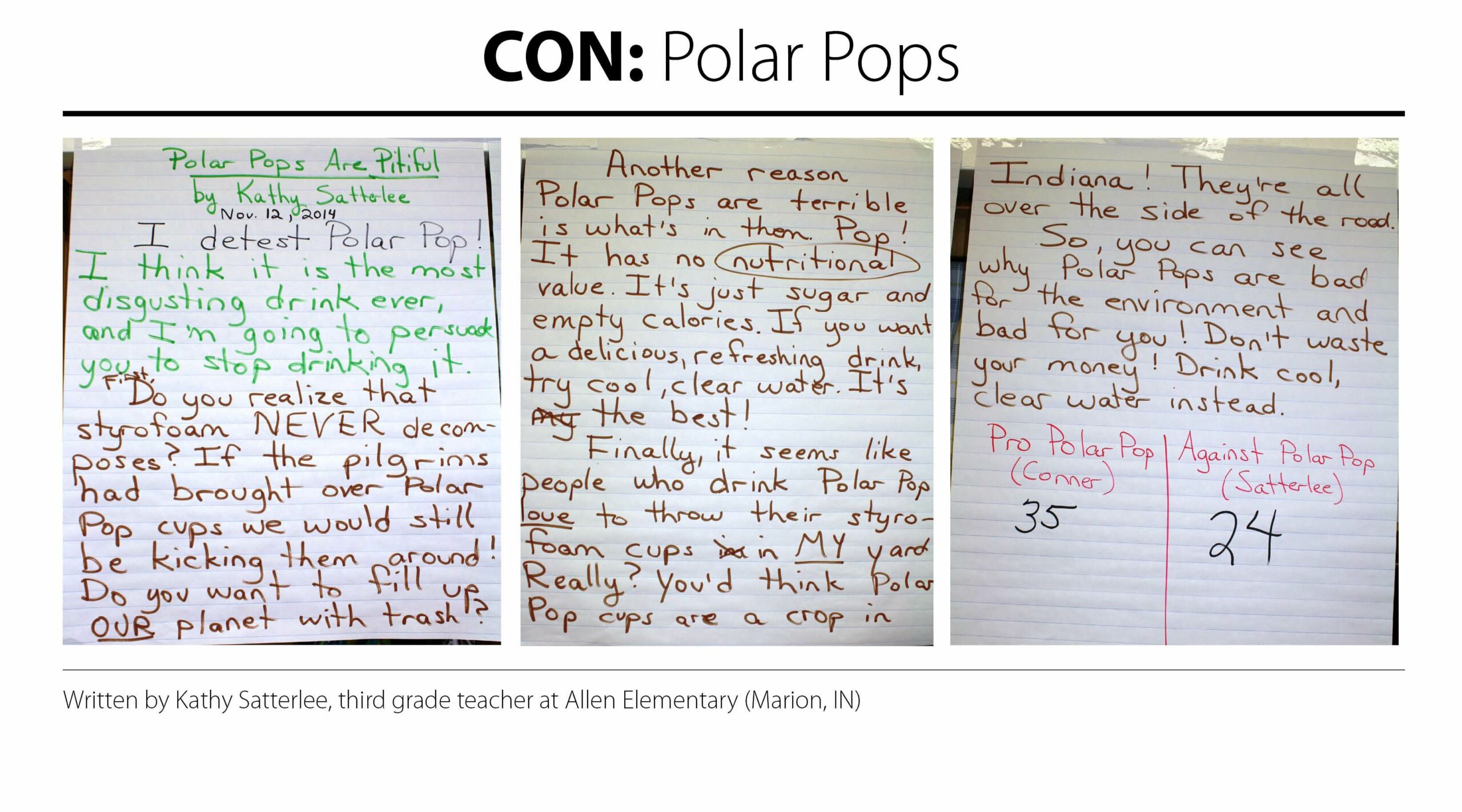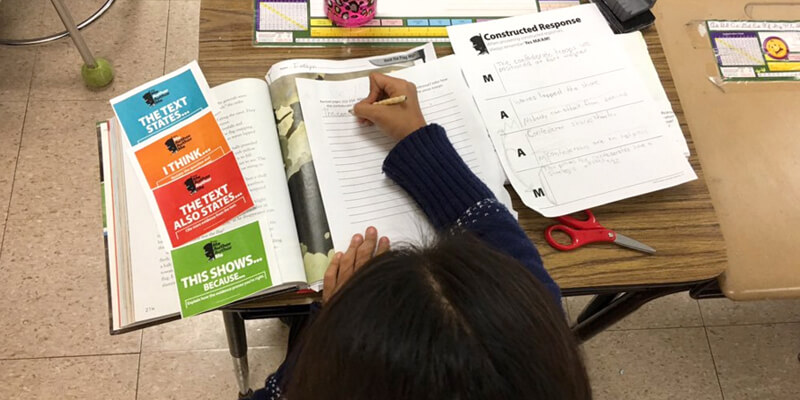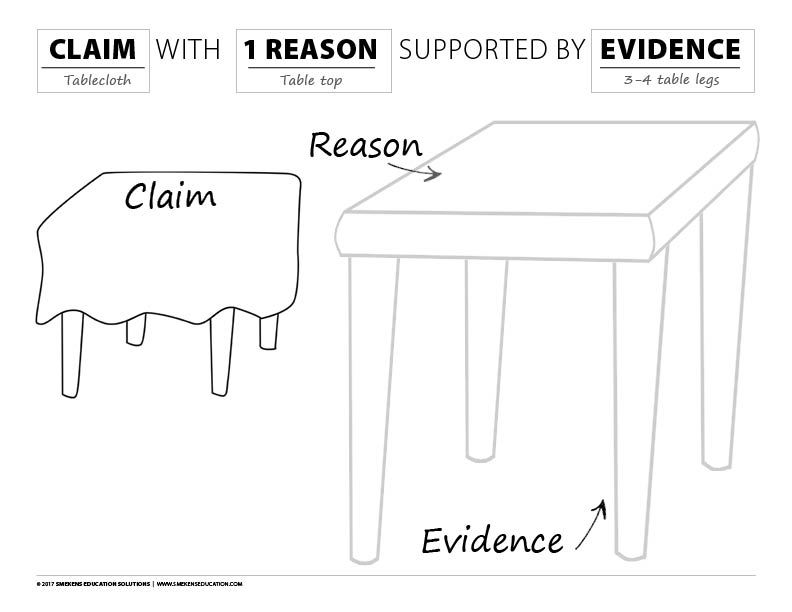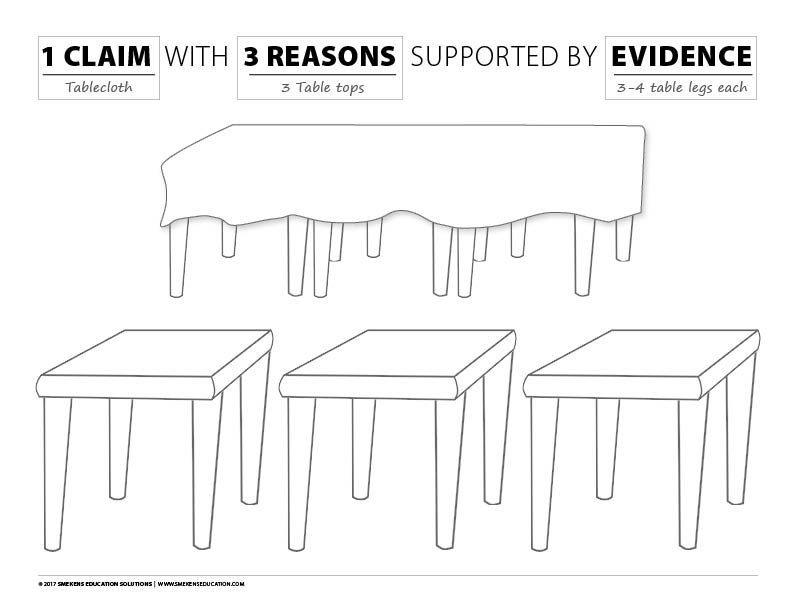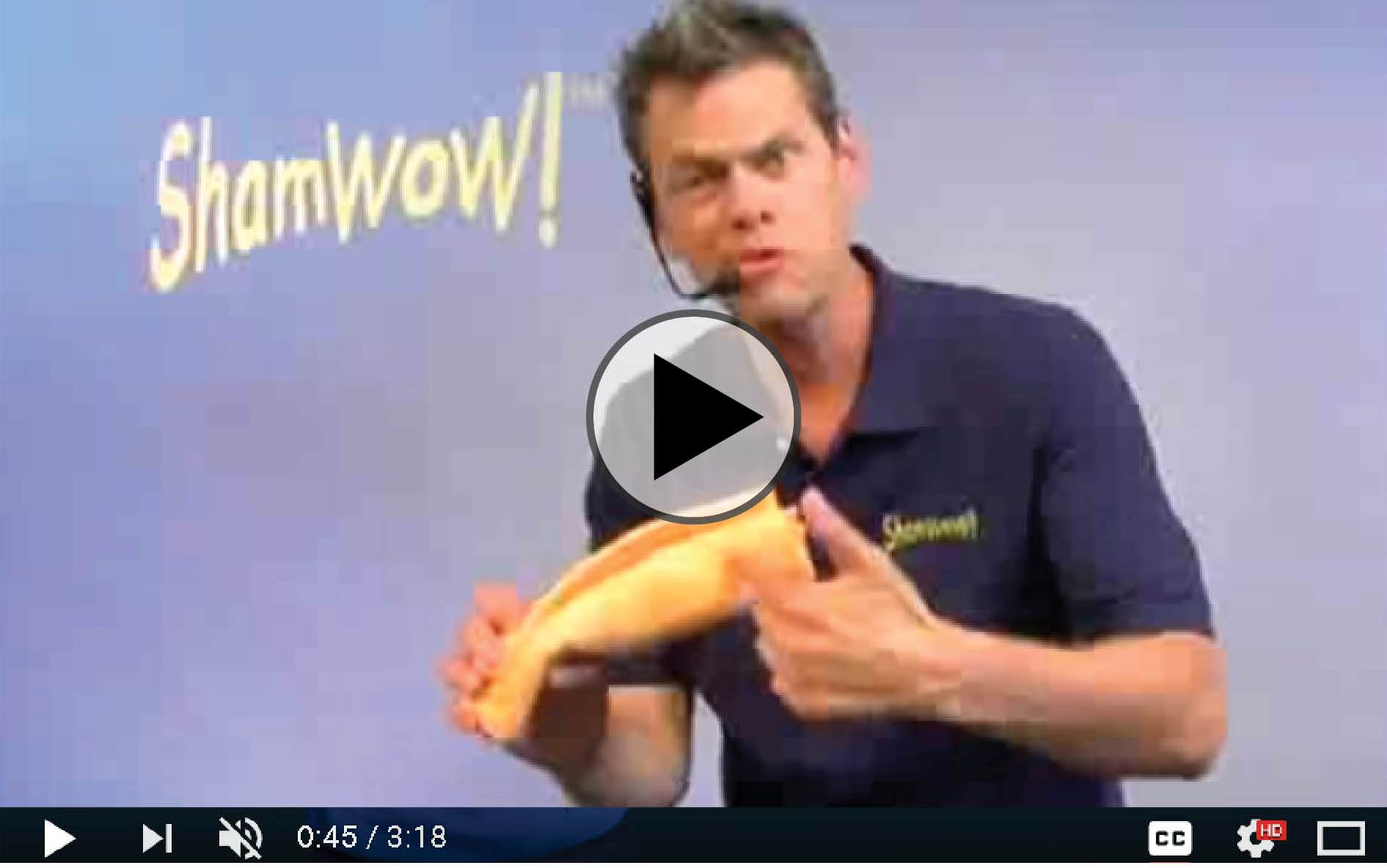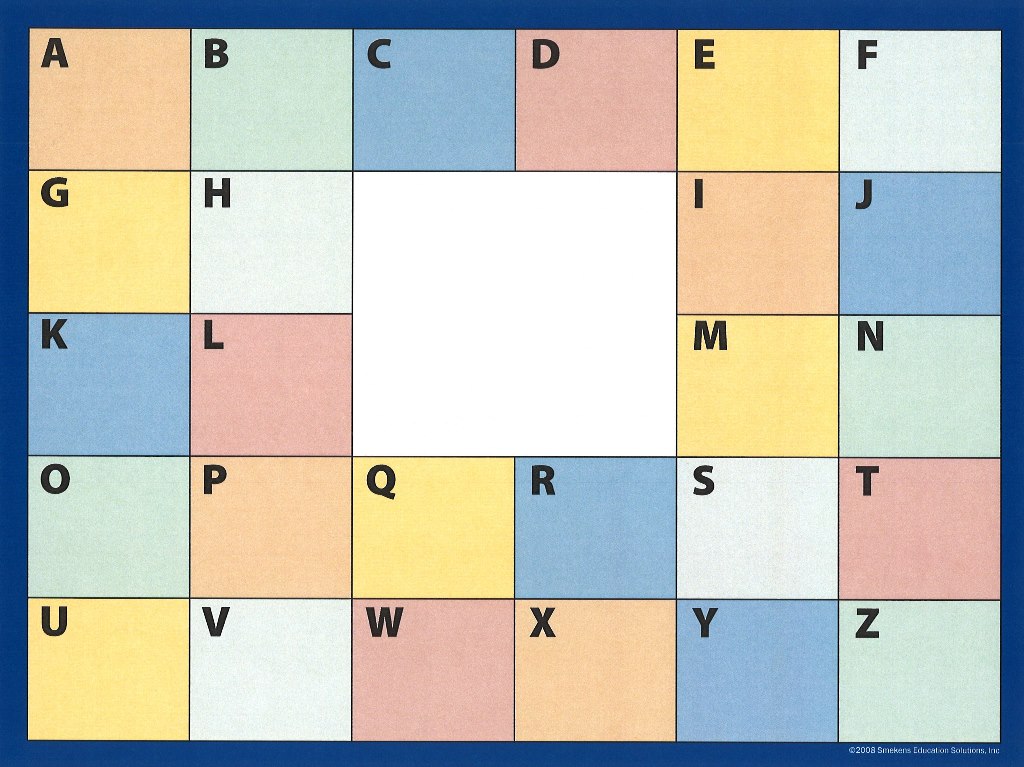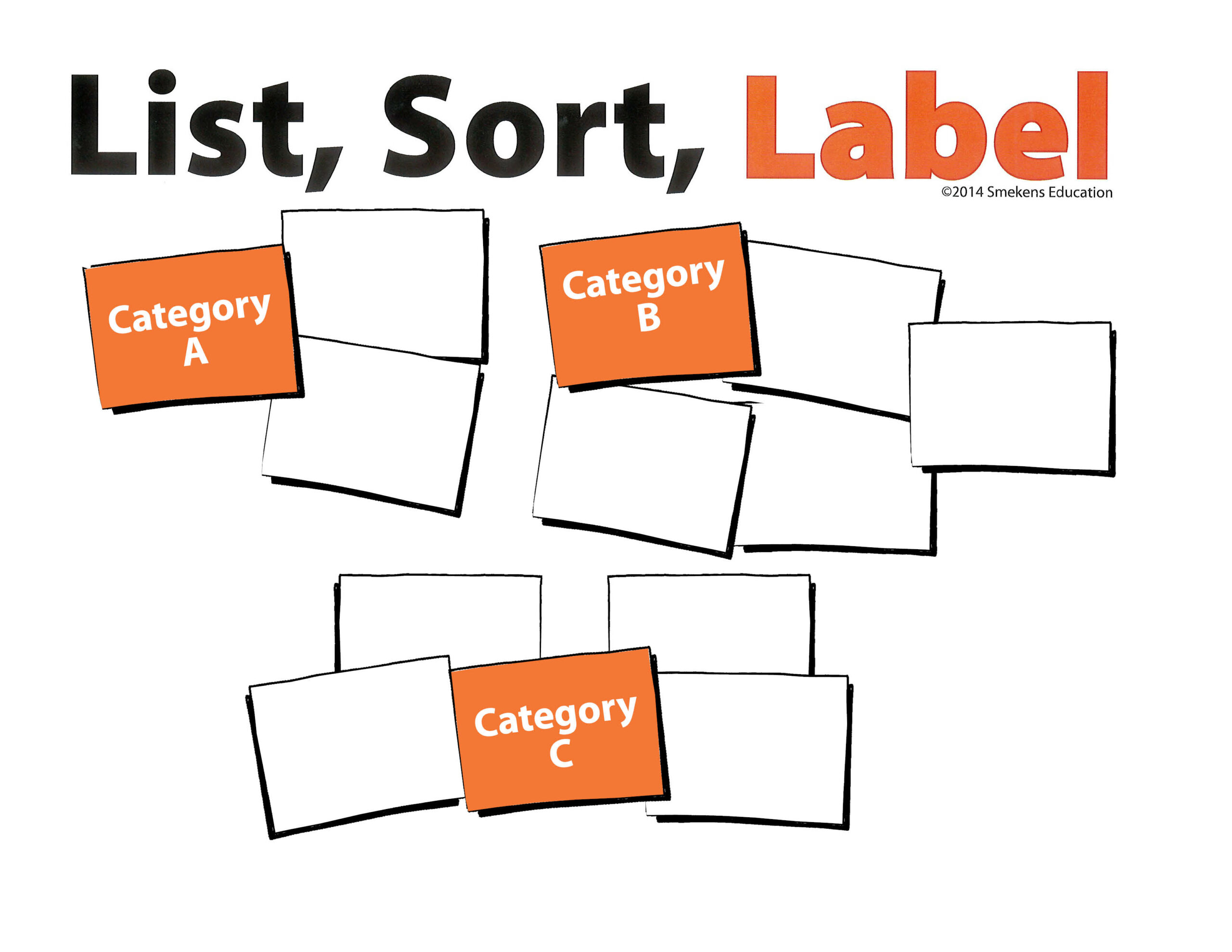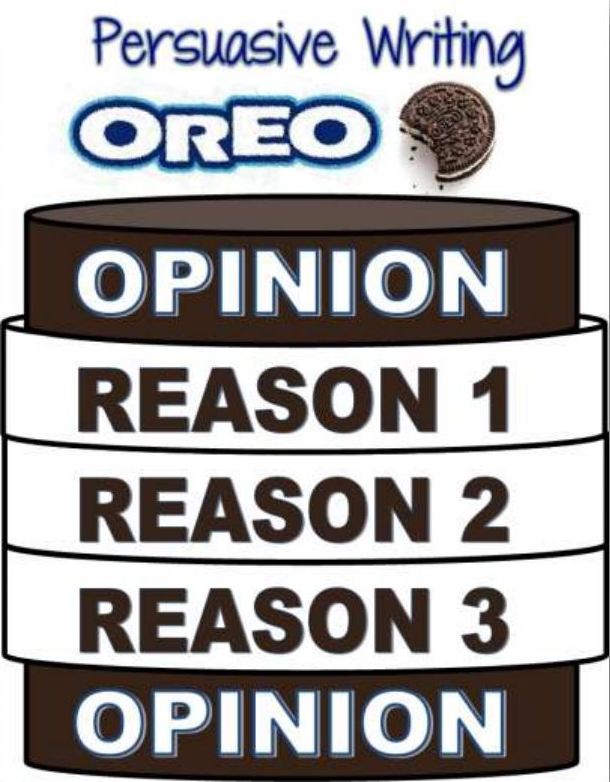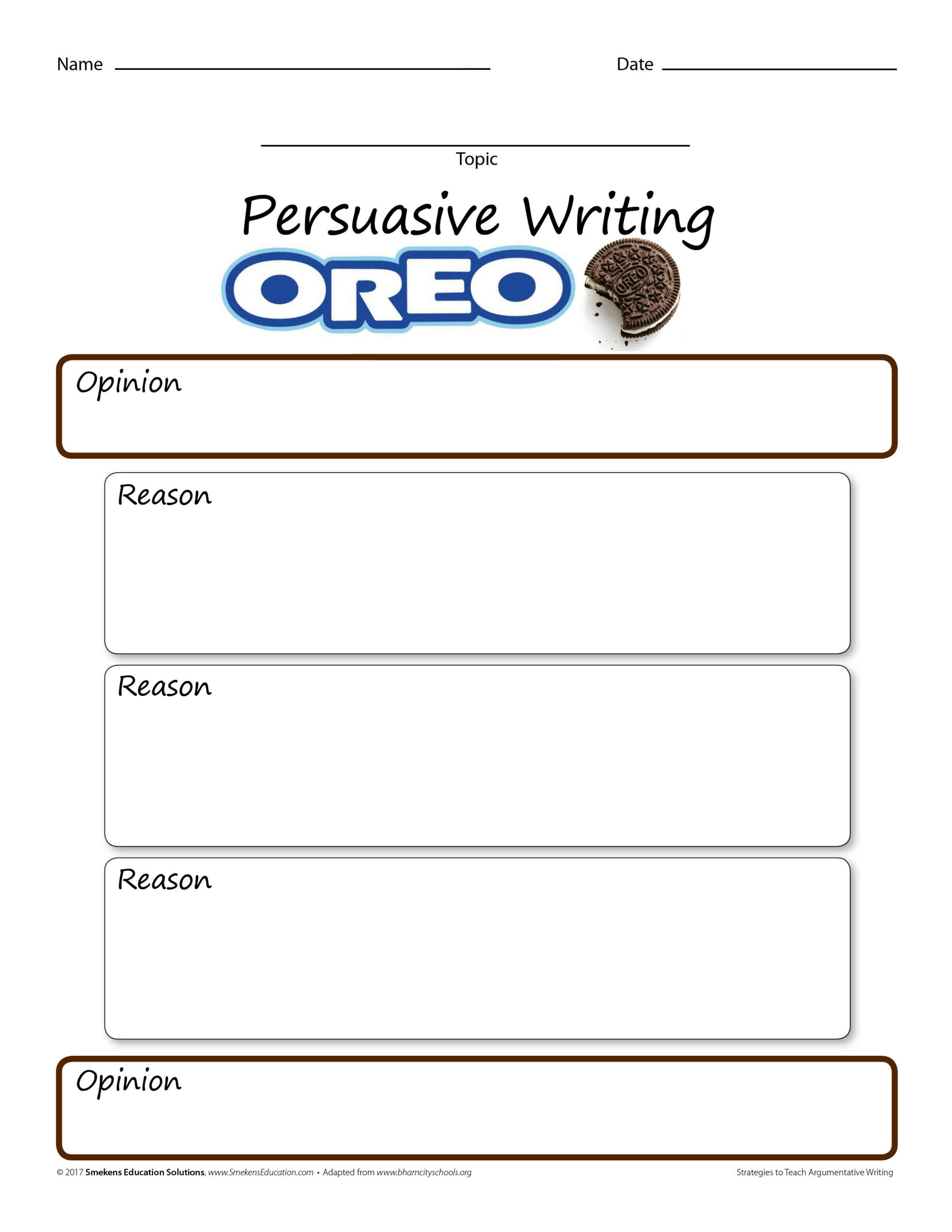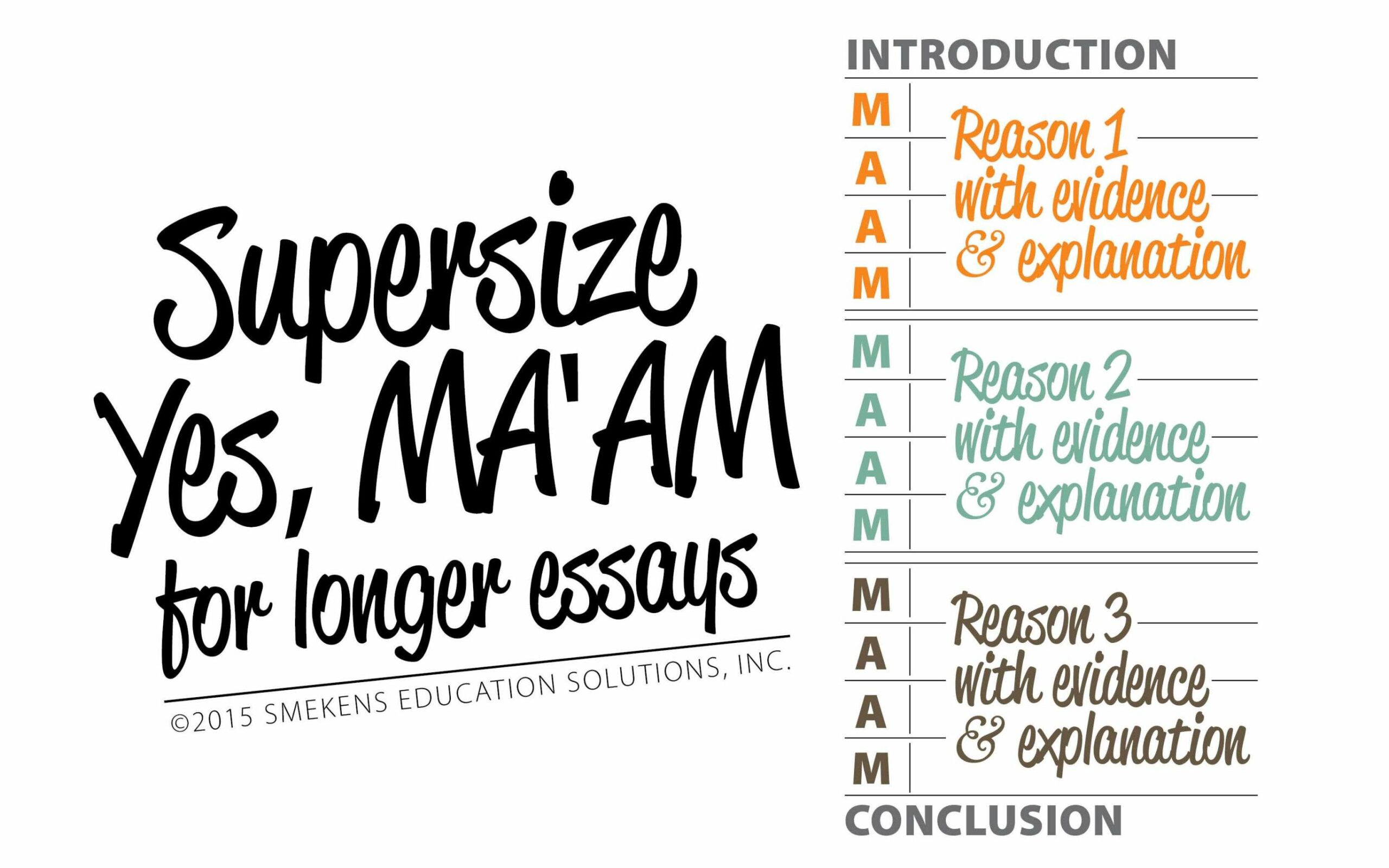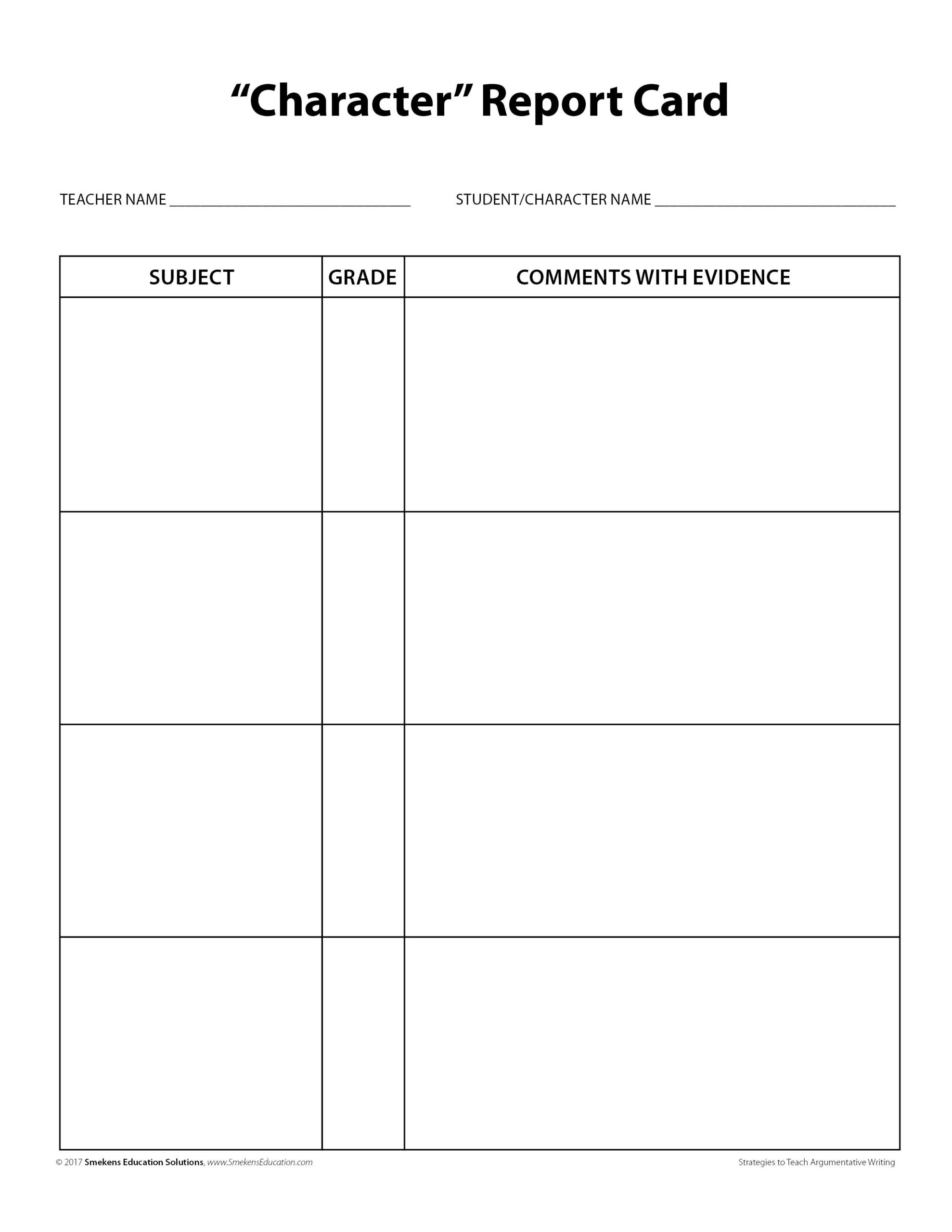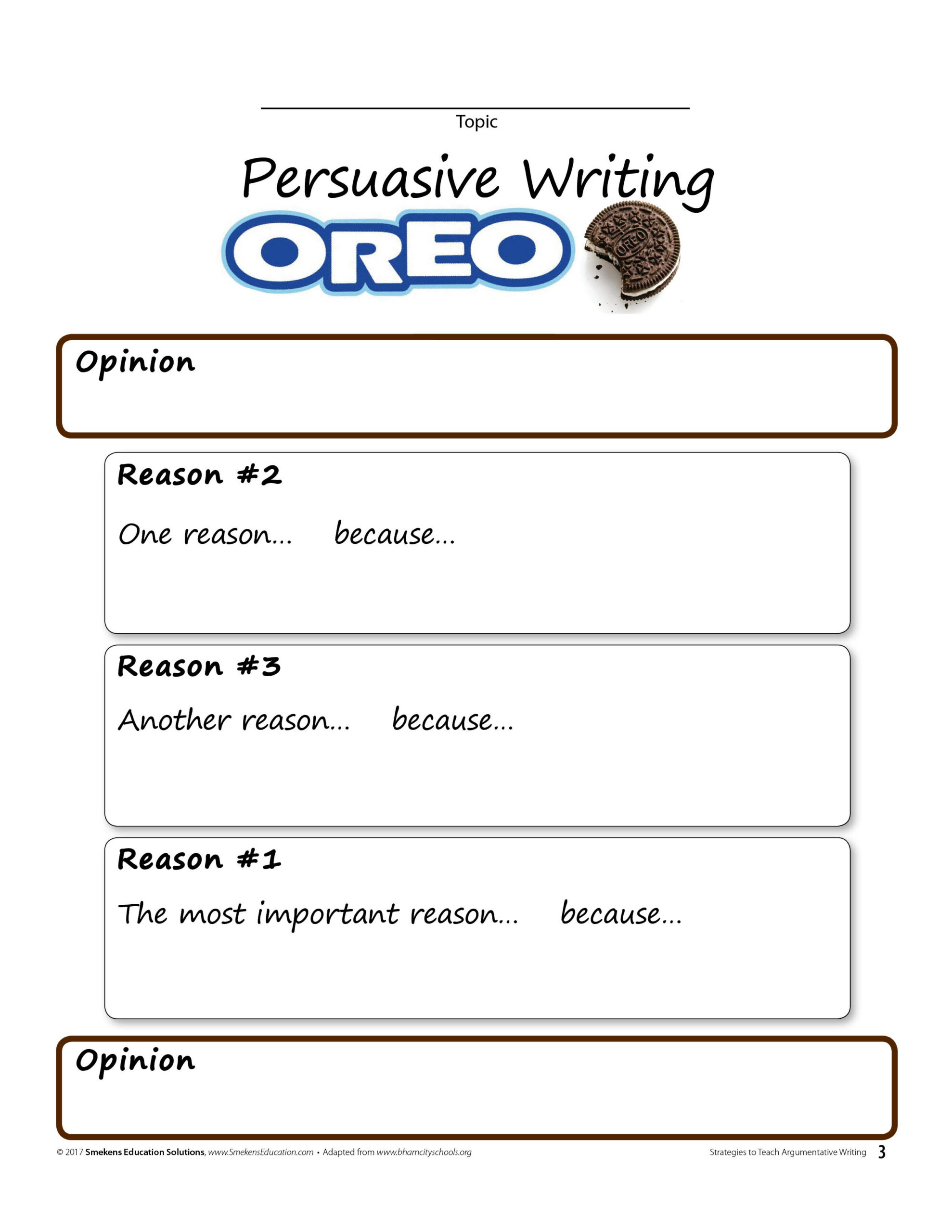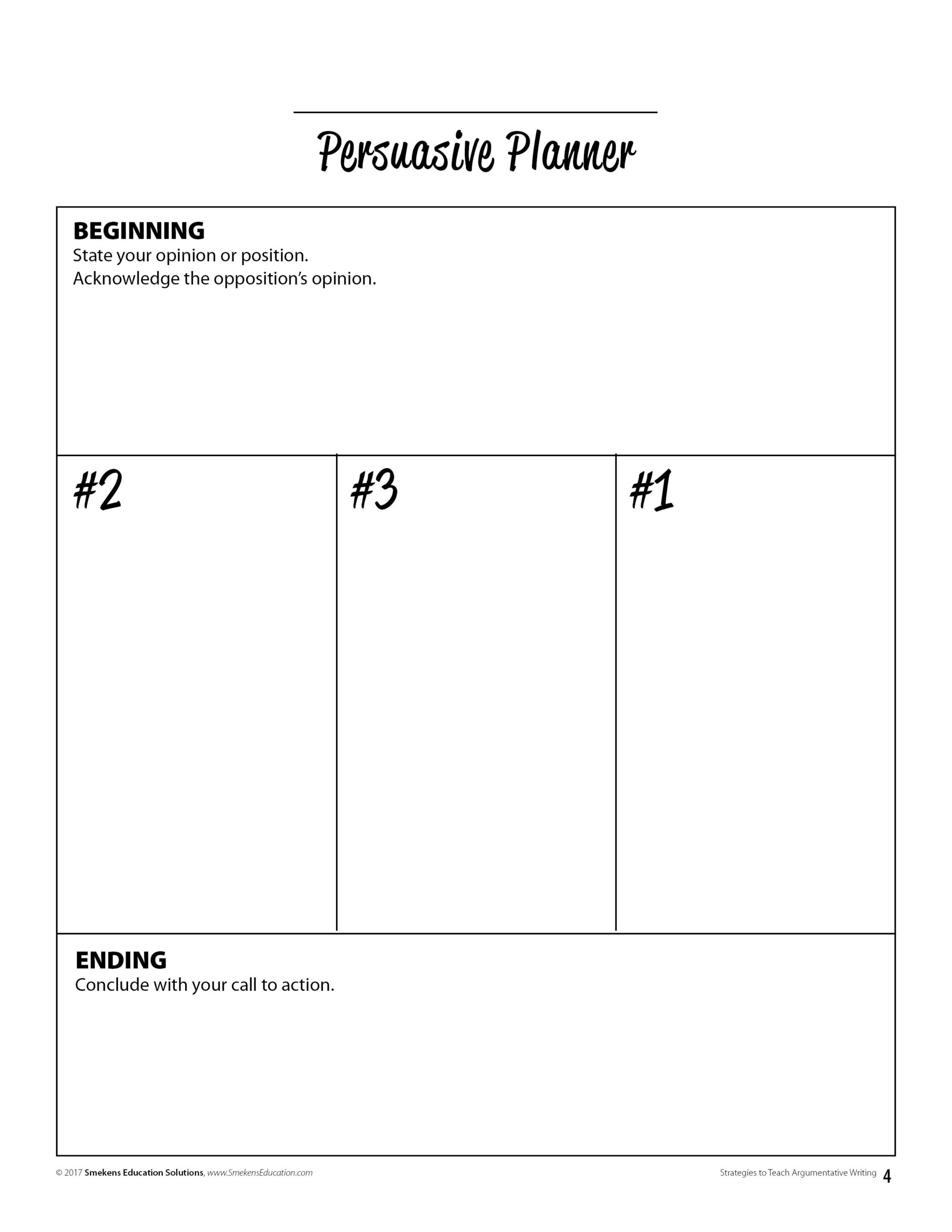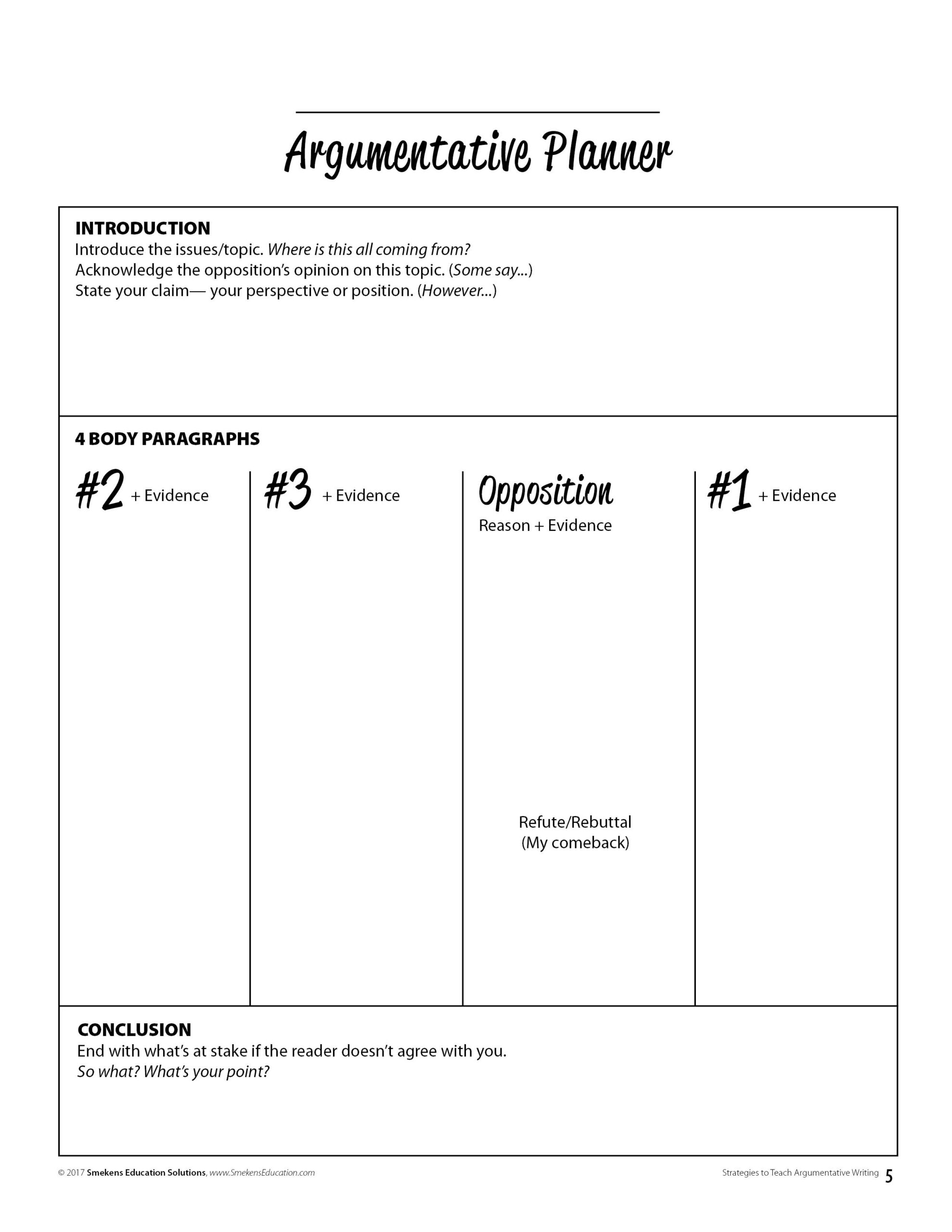Strategies to Teach Argumentative Writing
SECRET SITE
Quick Links

Follow the what and why structure
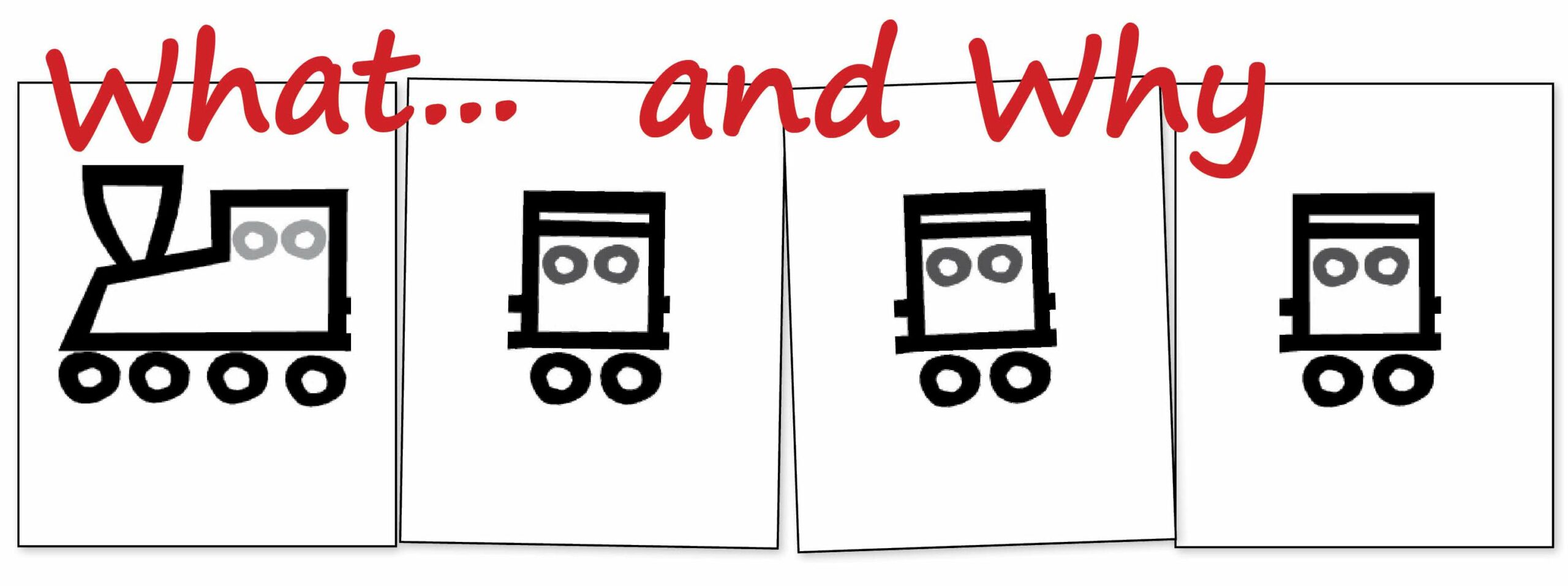
Opinions must be based on reasons and evidence. What do you think/believe? Why do you think/believe it?
After reading Duck! Rabbit!, this first grader
agrees the character is a rabbit.
Two third grade teachers combine classes and model how to write a persuasive essay in front of their students.
The class then votes to determine which piece is stronger.
Apply what & why formula to constructed responses
The Yes, MA’AM strategy outlines a simple formula that ensures all parts are included.
Collect details to infer reasons
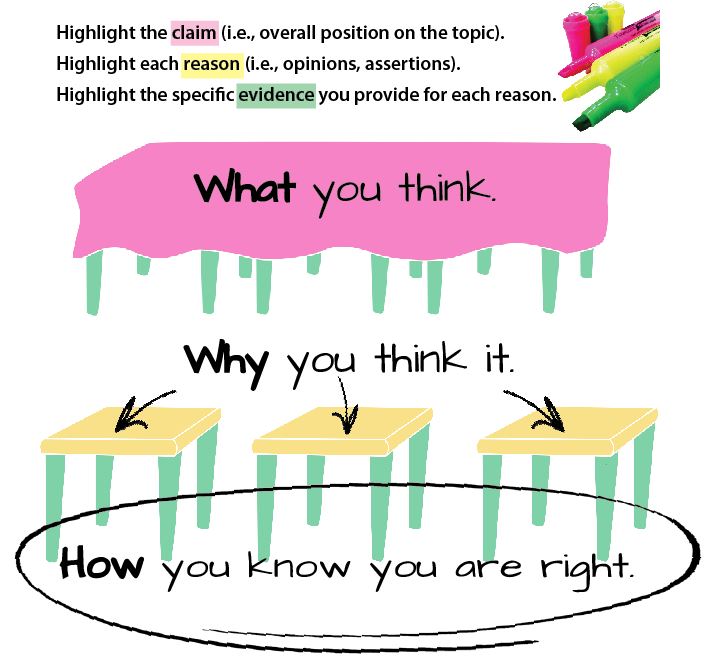
Teach students how to collect, cut, group, and rank their details. Download a list of statements for/pro and against/con genetic engineering.
Observe a 30-minute lesson and activity executed in a Concord Junior High science class.
Practice sorting details
List and organize details using an ABC Chart. Poster | PDF | Word | Smartboard | Promethean
Create categories of grouped information using List, Sort, & Label | Notebook version

Create your own simple flashcards using kitzkikz.com.
Support reasons with evidence
For every reason, provide multiple sentences of evidence. Define the reason as the table top and the evidence as the supporting sentences that prove or “hold up” the table top.
The Yes MA’AM strategy can be adapted to fit the requirements of an extended reading response.
End constructed response with explanation of how the evidence and inference fit.
The claim/opinion is the WHAT. The reasons are the WHY. The evidence is the HOW do you know. Compare this process to the actions of a detective.
Crime and Puzzlement
Click for answers to each of the three crimes.
“Slip or Trip?” PDF | Smartboard
“The Case of the Dead Musician” PDF | Smartboard
“Lunchroom Murder” PDF | Smartboard
Assign students to support (or discredit) a Snapple Fact claim.

Order reasons for maximum effect
End with the best reason and bury the weakest. This results in the 2-3-1 organization.
Save the best for last.
Add sophistication with They say…I say…
This organization creates an interior debate where the writer juggles both perspectives throughout the body.
Taylor Swift’s letter to Apple demonstrates this organization.

